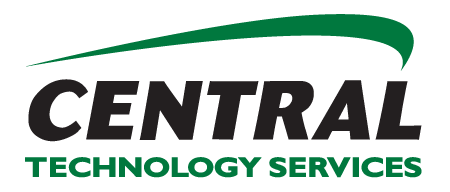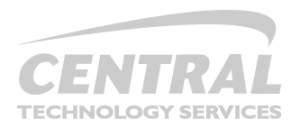If you’re an IT or IT finance professional and haven’t heard of the TBM Council ( www.tbmcouncil.org ), you should check it out. The Council is a non-profit, professional organization building the discipline of technology business management (TBM). It “provides technology leaders with standards and validated best practices to communicate the cost, quality, and value of IT investments to their business partners. In turn, IT is able to drive innovation for their organization.” Transparency is a TBM cornerstone. Consumption-based licensing is a natural fit with smart technology business management. Read this case study to see why.
The Client
A $40B global financial services leader across life and health insurance, long-term care, pension, annuities, mutual funds and banking products. Ranked number 250 on Fortune’s Global 500.
Challenge
In the case of TBM size doesn’t matter. Big or small, every organization today has similar challenges: meeting market demand, often with legacy technology infrastructure,talent shortages, competitive business environments and enormous pressure to enhance customer experience. Mix equal parts budget pressure and the need to do more without spending more. For many companies, cloud is the answer. Gartner Group estimates that between 2018 -2022 the compound annual growth rate for cloud software will be 17%, cloud spending will account for almost 50% of enterprise software spend by 2022. Now comes the hard part. How to budget and pay for new cloud technology and simultaneously manage existing budget commitments with extended implementation timelines?
Background
To better support 34,000 employees and rationalize 4,000 applications, the client made an early bet on cloud and aggressively moved to have the majority of its private infrastructure migrated within five years. All new build was cloud first. The client decided to initially integrate and automate internal ITSM processes using ServiceNow and identified requirements for 2,300 licenses to be implemented across the organization over 24 months. With only 100 initial users they wanted to leverage aggressive volume pricing offered by ServiceNow by committing to purchase all licenses on day one. The problems? ServiceNow’s lowest unit price applied only to a volume purchase. Pay-as-you-go pricing was much higher. Budget commitments for in-place software left the company unable to absorb operating costs for all new licenses in their current budget cycle. Sound familiar? We know from OpEx Management 101 that in the case of volume purchases, OpEx charges begin immediately on all licenses even if they sit unused for two+ years.
Solution
Central structured a consumption-based Enterprise Licensing Agreement (ELA) that allowed the client to immediately lock in lower costs on all 2,300 licenses and only take delivery of the licenses as they were needed. A flexible, deployment schedule delivered the initial 100 licenses immediately and the balance of licenses over the planned two year roll-out, allowing the client to (a) negotiate the lowest unit cost for all licenses, (b) match the timing of license spend with implementation, (c) meet OpEx targets, (d) match license spend with the timing of benefits realized, and (e) runoff existing platform commitments without incurring a large write-down. All with no increase to Total-Cost-of-Ownership.
Benefits
The client was able to commit to the larger purchase and lower the overall costs on their software. They realized a 43% reduction in their first year OpEx.
Optimized license spend. Better OpEx management. Tighter TCO control. Central Technology Services (www.centralts.com) is expert at assisting Fortune companies and their vendors manage the financial, operational and budgetary issues associated with acquiring enterprise software. Call or email us to learn more.


